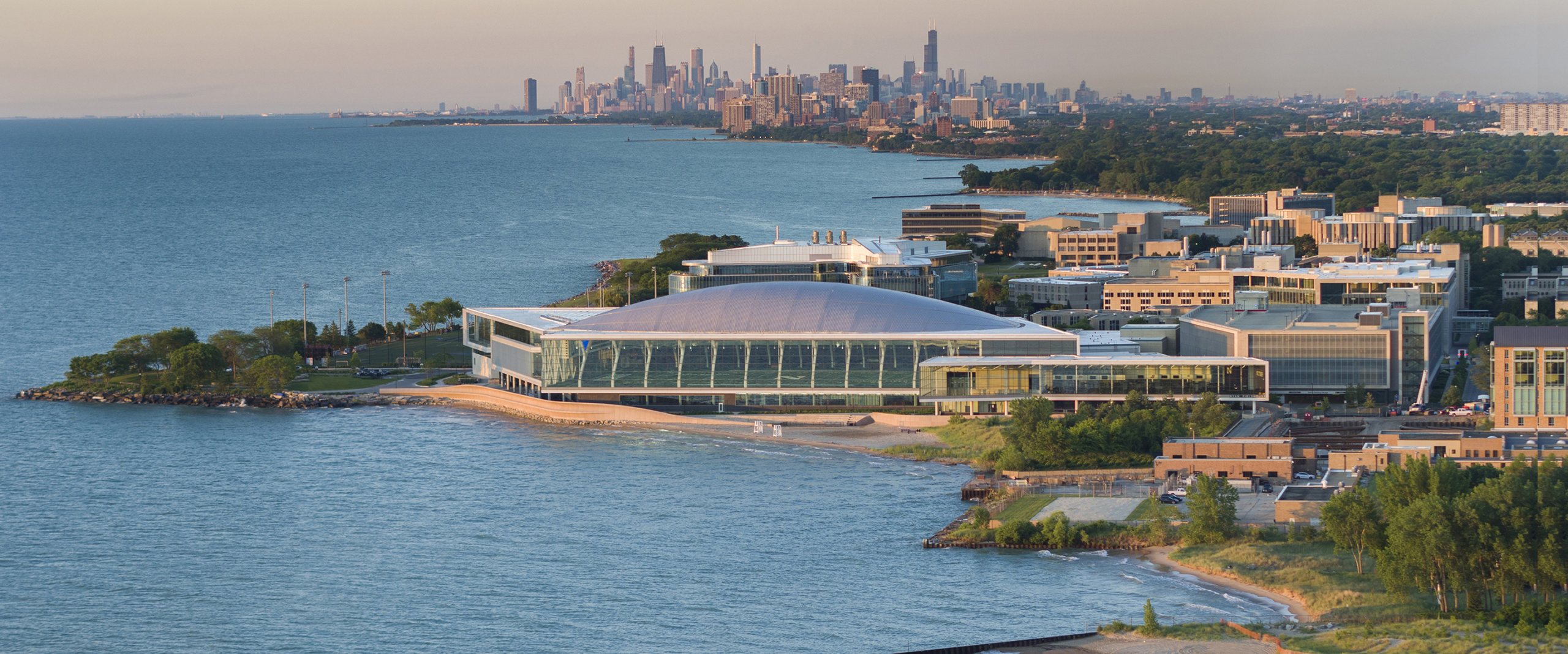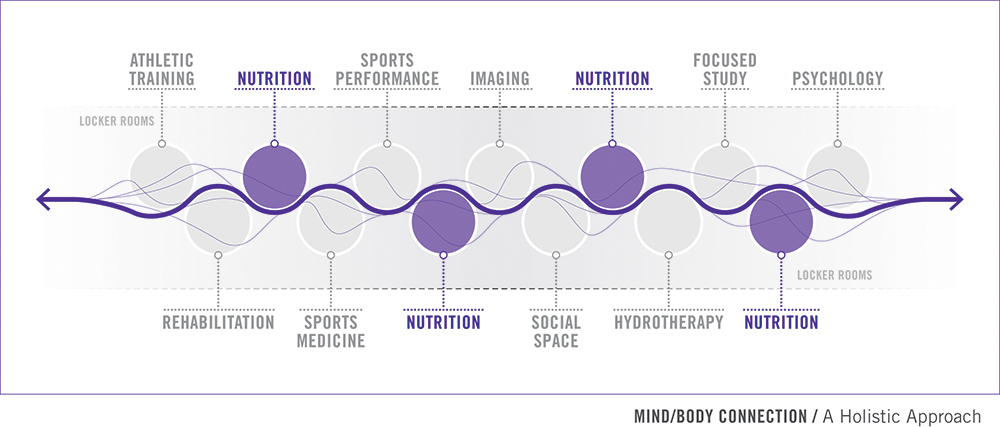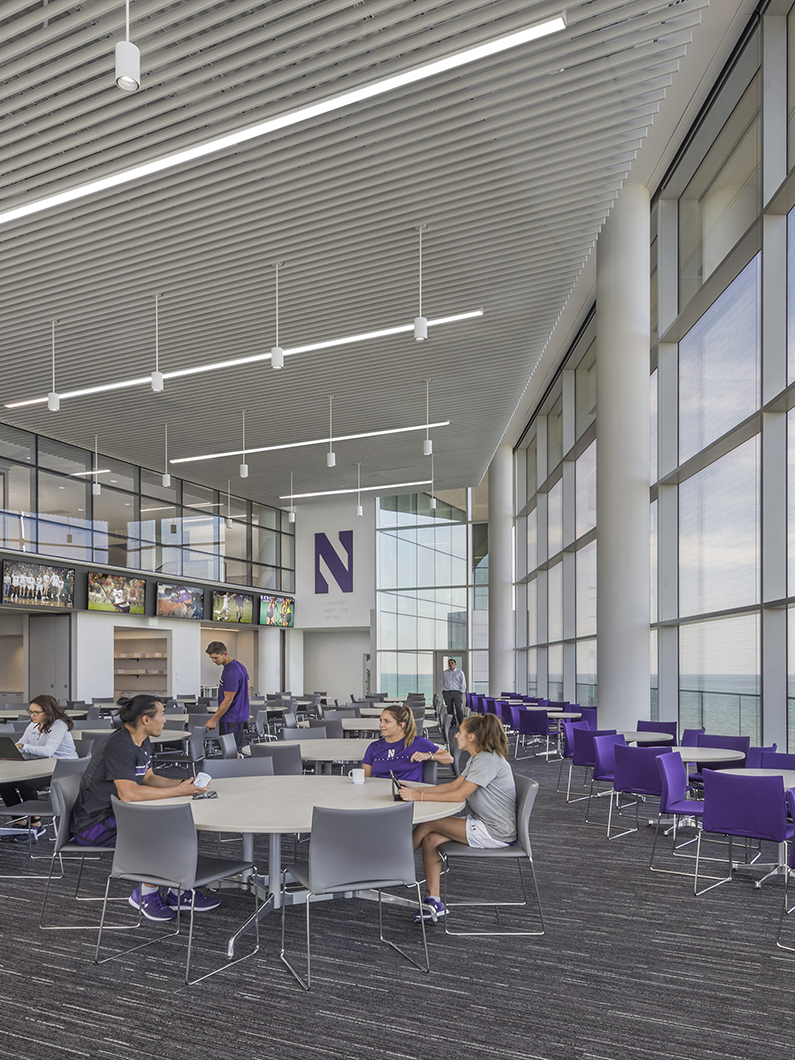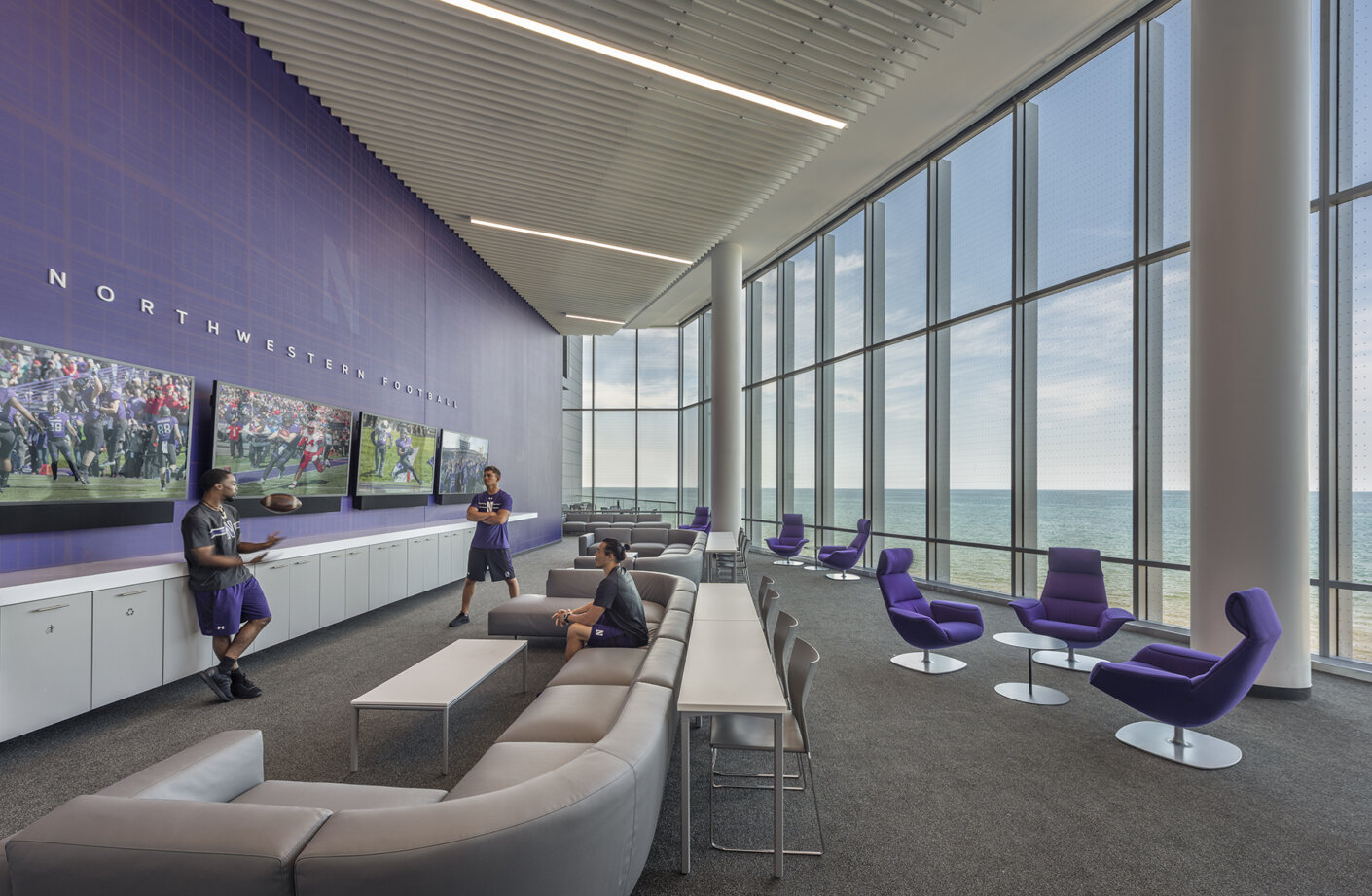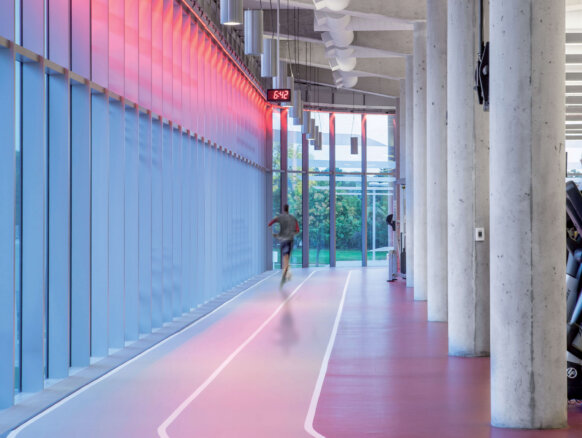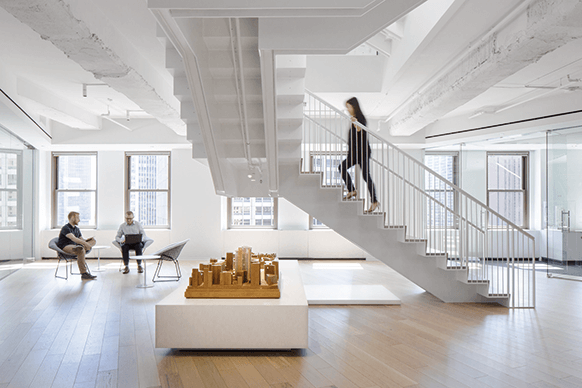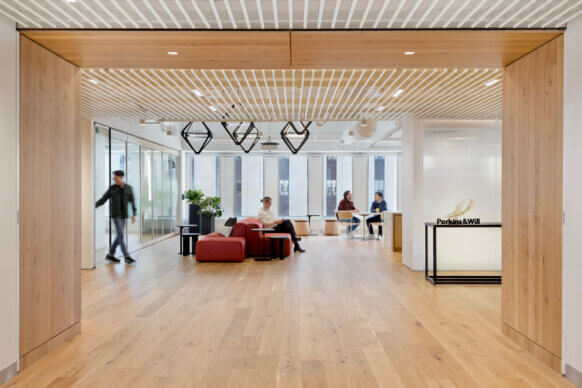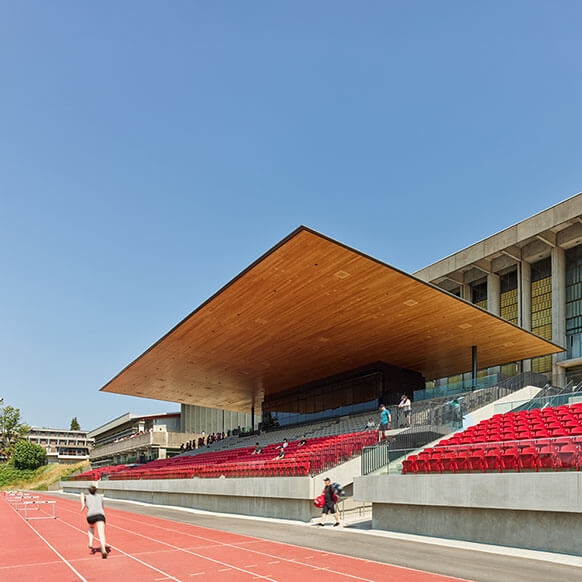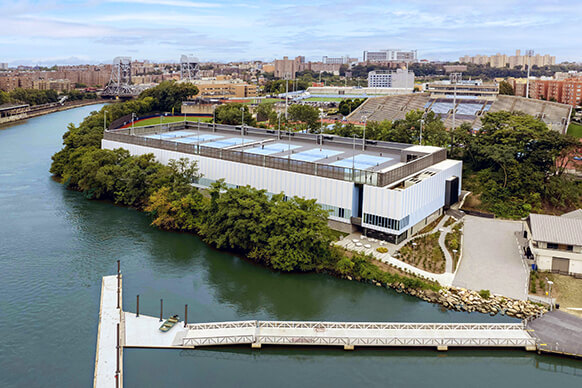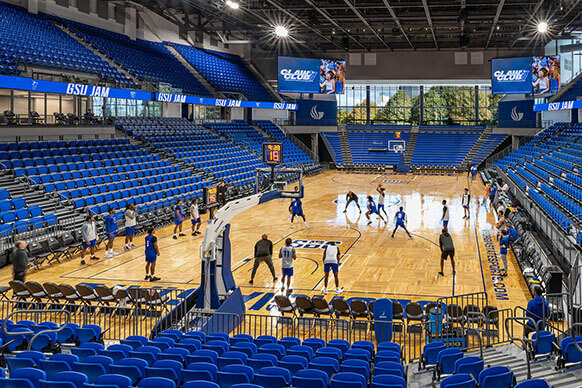Depression and anxiety are deeply common among college students, as surveys by the American College Health Association have repeatedly shown. But if experiencing the dislocation of college as a student doesn’t seem hard enough, consider life as a student-athlete: the stress factors compound in practically every way.
At Harvard University Radcliffe Institute’s recent Game Changers Conference, I attended a talk by the NCAA’s very first chief medical officer, Dr. Brian Hainline. The NCAA hired him in 2012 to develop a nationwide set of resources for better care, providing team physicians and athletic trainers with the latest expertise and research. Hainline considers mental health the most critical concern among today’s student-athletes. As he said upon his hiring, “our collective goal is nothing short of a societal shift in how our country addresses the health and well-being of student athletes at all ages.”
In my work as an interior designer for collegiate athletic facilities, I approach my projects with that societal shift in mind. Like any successful project, the desired outcome is best expressed as early as possible, in the programming process. I ask stakeholders, how do we improve mental health among student-athletes? How do we use space to address issues related to athletic injury, eating disorders, substance abuse, academic workload, and the constant pressure to succeed?
